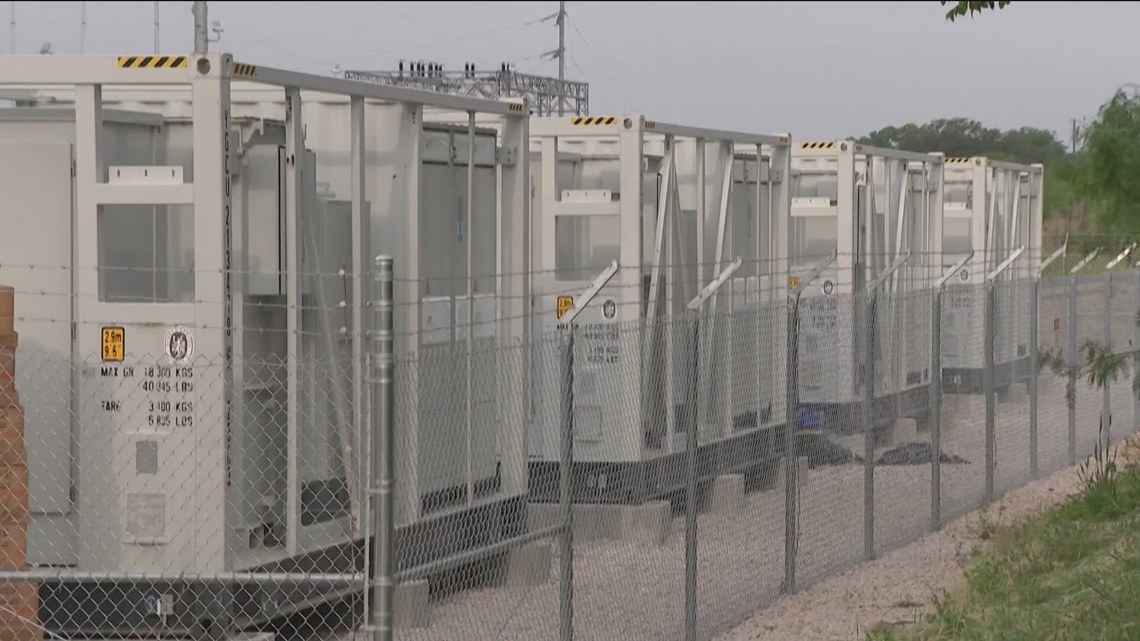
After the freeze in February 2021, many Texans began looking at alternate power sources to make sure they had power during weather events.
AUSTIN, Texas — As Texas continues to face more extreme weather, many Texans have begun looking at alternate ways to ensure their power remains consistent.
“[During] Winter Storm Uri, we saw a really unacceptable performance from the grid,” said Joel Yu, the Senior VP of Policy and External Affairs for Enchanted Rock.
The freeze in February 2021 affected 4.5 million customers across the state. This past summer, Hurricane Beryl put 2.7 million customers in the state offline. But in the last few years, the U.S. Department of Energy said the use of microgrids has been growing faster in Texas than anywhere else in the nation.
“I think microgrids are the future,” Yu said.
Microgrids are a combination of energy generation sources like natural gas generators, solar and batteries, and they have the ability to connect and reconnect to the power grid. In Texas, the U.S. Department of Energy said most microgrids are fueled by natural gas.
“They can keep serving communities and individuals and keep people safe and keep important community operations going when there’s an outage,” said Alison Silverstein, the former Chief of Staff for the Public Utilities Commission of Texas.
Silverstein said with the many weather complications the ERCOT grid faces nowadays, microgrids are welcome addition.
“Texas is getting hotter and peak load is very high,” Silverstein said. “We don’t always have enough resources on the grid to support that.”
Enchanted Rock is a microgrid developer that protects critical facilities like hospitals, water facilities and nursing homes. They also supply microgrids to HEB stores across the state.
In addition to being able to switch on and off when needed, Yu says microgrids can also serve as an additional energy source for utility companies.
“If you take like [the] summer extreme heat case where there are no great outages, but ERCOT’s calling for all the power they can get, our units will pick up and run and support ERCOT,” Yu said.
During the last legislative session, Texas lawmakers passed the Texas Energy Fund, which would allocate $1.8 billion toward a Backup Power Program. Yu said it hasn’t been funded or implemented yet, but could open up many more opportunities for people to start using microgrids once it is.
“I think it’ll be a great support for facilities that otherwise felt like microgrids were out of reach,” Yu said.
After the winter storm in 2021, Yu said their company began receiving many calls from people around Austin, and they have since been in talks with the local utility to provide more opportunities to use microgrids in the city.
